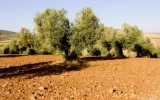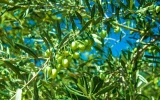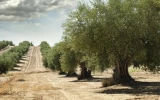How Can Olive Trees Grow in a Greenhouse?
Olive trees require an average of 1000 hours of chill temperatures below 7.2°C (45°F) to bear fruit effectively. Growing these resilient trees in a greenhouse allows for year-round cultivation by controlling environmental conditions, such as temperature, humidity, and light exposure. In this article, we will explore the innovative approach of cultivating olive trees within the controlled environment of a greenhouse.
Olive trees can adapt to the controlled environment of a greenhouse where temperatures range between 20°C to 25°C during the day. By replicating their native habitat's conditions, including sufficient sunlight exposure and well-draining soil, olive trees can produce fruit even outside their natural growing zones.
This approach allows for year-round cultivation, bypassing seasonal constraints and potentially increasing yield by up to 20%. Let's find out how to grow olive trees in a greenhouse setting.
Summary
- Select olive tree varieties like Arbequina, Frantoio, Leccino, Manzanillo, Koroneiki, and Kalamata for their adaptability to greenhouse conditions, including compact growth and resilience.
- Ensure your greenhouse is located in a sunny, wind-sheltered spot with proper drainage and a drip irrigation system to provide olive trees with ideal growth conditions.
- Utilize large containers with drainage holes, mixed with perlite for soil aeration, and maintain temperatures between 40-80 degrees Fahrenheit, aiming for around 40% humidity for optimal olive tree growth.
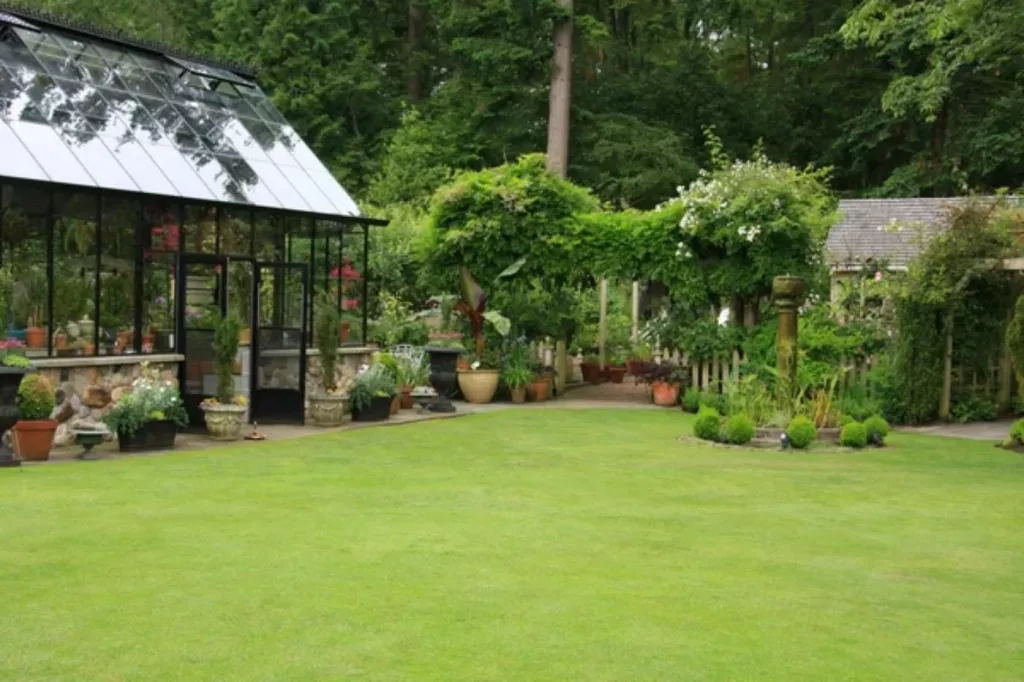
On this page:
How to Grow Olive Trees in a Greenhouse
Choosing the right varieties for greenhouses
There are over 500 varieties of olive trees. Your goal is to choose cultivars that will adapt well to the controlled environment.
Warmth, adequate sunlight, and well-drained soil are crucial for any olive tree, but certain varieties are more suited to greenhouse cultivation.
- Arbequina: Popular for its adaptability, the Arbequina variety is compact, making it perfect for greenhouse spaces. It produces small, flavorful fruits excellent for both oil and brining.
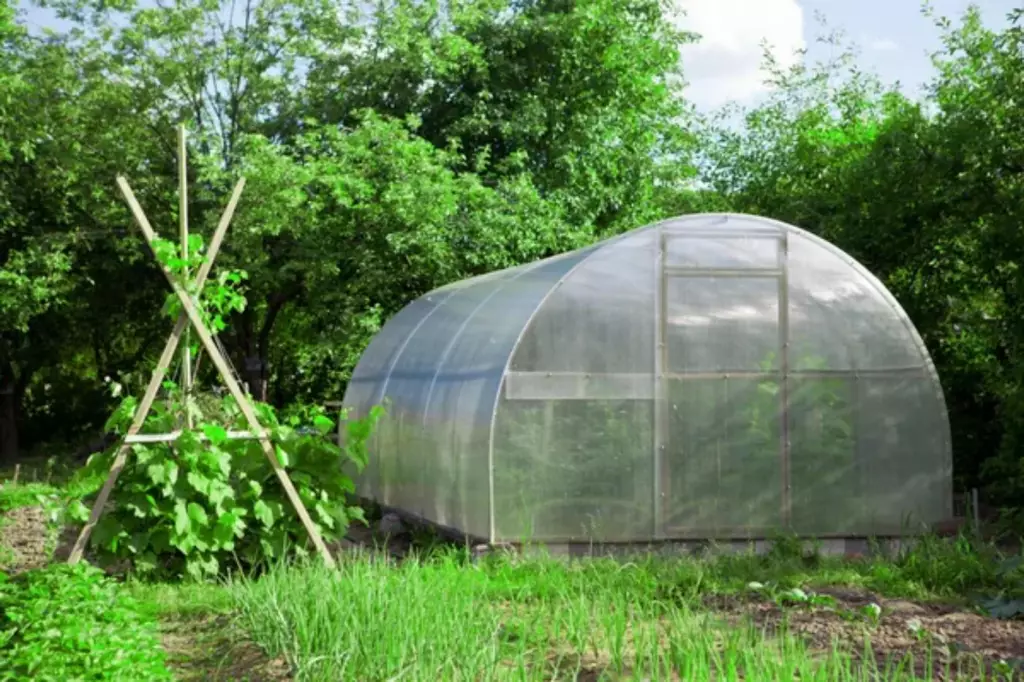
-
Frantoio and Leccino: Both varieties are pillars in olive oil production and can be grown together for optimal pollination. Their resilience makes them a good fit for greenhouses.
-
Manzanillo: A dual-purpose olive, Manzanillo can be enjoyed freshly picked or processed into oil. It's appreciated for its larger fruit size and rich flavor.
-
Koroneiki: Famed for its superior oil quality, this cultivar is also small, which benefits the limited space in a greenhouse.
-
Kalamata: Known for its distinctive almond-shaped olives, Kalamata trees are another variety that can thrive in a greenhouse setup.
Check out this article to find out where you can buy different varieties of olive trees.
Greenhouse infrastructure and design for olive trees
Select a sunny location
When planning a greenhouse for olive trees, selecting a sunny location is crucial. Olive trees require ample sunlight for optimal growth, so it is essential to choose a spot where they can receive good exposure to light throughout the day.
Select an area that is sheltered from the wind
A sheltered area is vital for safeguarding the trees and the greenhouse structure from strong winds. This precaution helps in minimizing the risk of physical damage, ensuring the longevity and stability of your setup.
Ensure proper drainage
Proper drainage inside the greenhouse is paramount to prevent harm to olive trees. Olive trees do not fare well in standing water, thus implementing a system that avoids waterlogging is necessary.
Options such as raised beds or well-draining pots should be considered. Incorporating small rocks or perlite can further enhance soil aeration, keeping it free from excess moisture.
Benefits of a drip irrigation system
Introducing a drip irrigation system is an effective method to supply your olive trees with a consistent and adequate amount of water.
This system is particularly beneficial as it prevents overwatering and reduces water wastage. Check out this article and find out the effects of overwatering olive trees.
Ensure that the irrigation setup is designed to target the root zone of each tree effectively, as consistent moisture is critical for the health of olive trees in a greenhouse environment.
Greenhouse setup and requirements
Creating an ideal environment for olive trees in your greenhouse involves a few essential steps. First, choose containers or pots large enough for your olive tree's roots to grow; they should have drainage holes to prevent waterlogged conditions.
- Potting: Use pots at least 2-3 inches wider than the tree's root ball.
- Drainage: Mix in small rocks or perlite to the potting soil.
- Watering: Set up drip irrigation for an even, consistent water supply.
- Climate control: Use ventilation and shading to manage temperature and humidity. Maintain temperatures between 40-80 degrees Fahrenheit for optimal growth.
Additionally, aim for a humidity level of around 40%, as high humidity can encourage fungal diseases.
Cultivation practices to successfully grow olive trees in a greenhouse
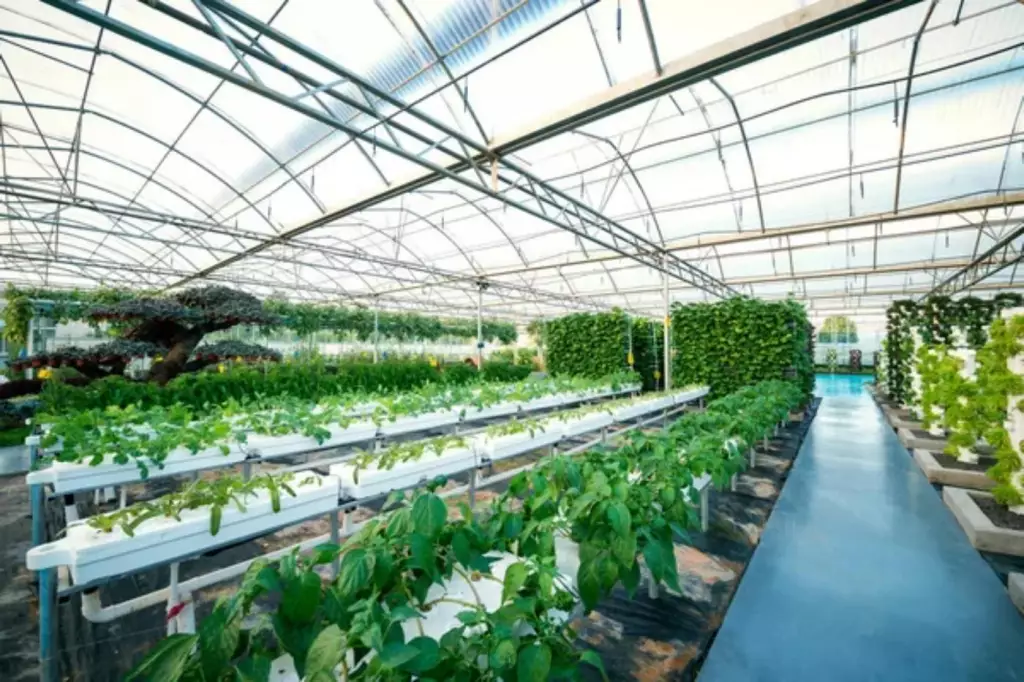
Soil preparation
Olive trees thrive in well-drained soil that's rich in organic matter. To prepare your potting mix, combine soil with compost and a good amount of perlite or small rocks to enhance drainage.
Aim for a pH between 5.5 and 8.5. Also, try to leave about 1-2 inches of space between the soil surface and the top of the container to facilitate watering without overflow.
Planting techniques
Start by selecting a container large enough to accommodate the root ball of your olive tree, with extra space for growth.
Place the tree in the center and fill around it with your soil mixture, leaving 1-2 inches of space at the top for watering. Cover the roots with soil without compacting it too much, to allow for proper air circulation.
Spacing is vital in a greenhouse setting to ensure each tree receives ample light and air circulation.
Ongoing care
Once your olive tree is planted, ongoing care is crucial for its development. Water the tree regularly while allowing the soil to dry out slightly between waterings.
Feeding with a balanced fertilizer will support its growth. Pruning is necessary to shape the tree and remove any diseased branches, which promotes healthy growth and fruiting.
Pest and disease management
Be vigilant about pests like ants, scale, and olive fruit flies, and diseases such as olive knot, black scale, and verticillium wilt.
Regular inspections can catch problems early, where treatments might include natural predators, horticultural oils, or fungicides for disease control. Keeping the area around your trees clean from debris will also deter pests.
Harvest and Post-Harvest Handling of Olive Trees in Greenhouse
When your olive trees bear fruit, it's time to think about harvesting. To maximize the quality of your olives, the harvest timing is crucial. Picking usually occurs before the fruit fully ripens, when a slight color change happens.
Harvesting by hand can be gentle on the trees and helps prevent fruit drop and bruising. If you’re using tools, be gentle to avoid damaging the skin of the olives, which can lead to a bitter taste.
After harvest, sort the olives to remove leaves, twigs, and damaged fruit. Wash them thoroughly with water to remove dirt.
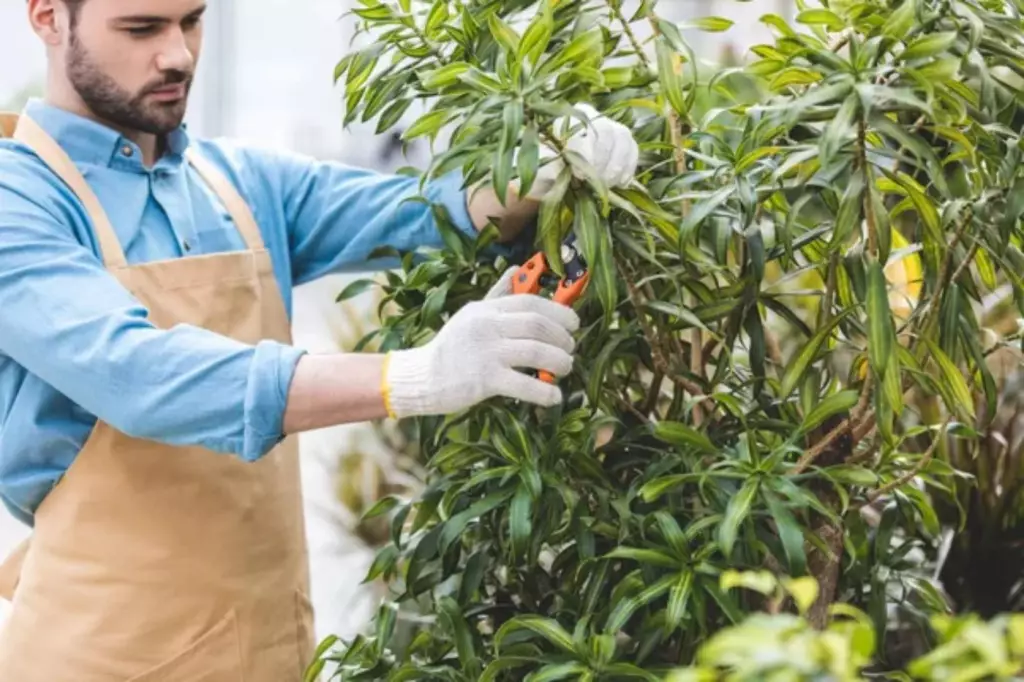
For olive oil, processing should start as soon as possible to maintain oil quality. For table olives, curing is the next step to remove bitterness and make them palatable.
Here are a few tips for post-harvest:
- Store olives in a cool, dry place to avoid spoilage.
- If delaying processing, ensure good ventilation to prevent mold.
- For oil extraction, opt for cold-pressing methods to retain flavor and quality.
Benefits of Farming in a Greenhouse
Greenhouse farming offers you various advantages that enhance the growing conditions for plants like olive trees, which are naturally evergreen and add longevity to your farming efforts year-round.
By controlling the environment, you can optimize temperature, light, and humidity levels. These optimal conditions contribute to faster growth and potentially higher yields.
One of the significant benefits you'll notice is the protection against external elements. Your olive trees are safeguarded from harsh weather conditions, which might otherwise impact their growth.
Keeping the trees indoors reduces their exposure to common risks such as diseases and pests that thrive outdoors.
Farming in a greenhouse also aligns well with organic practices. The enclosed space minimizes the need for chemical pesticides and fertilizers.
Instead, you can focus on natural growth enhancers and biological pest control methods, fostering a healthier yield.
Using a greenhouse, you maintain a cleaner cultivation area, reducing the accumulation of soil-borne diseases and pests, which is particularly beneficial for delicate olive trees.
Lastly, with a greenhouse, you can potentially extend the olive growing season. In areas where the climate might not be ideal, a greenhouse provides the consistent environment needed to cultivate these trees successfully. This flexibility can lead to continuous production and possibly a more profitable endeavor for you.
How Fast Can Olive Trees Grow in a Greenhouse?
When growing olive trees in a greenhouse, you can expect a moderate growth rate. Typically, these trees grow about 2-4 inches each year. However, with optimal care, some types of olive trees can stretch up to 12 inches annually.
Light, temperature, and pot size are crucial factors in the growth of your olive tree. Ensure you provide consistent sunlight and maintain a warm temperature inside the greenhouse.
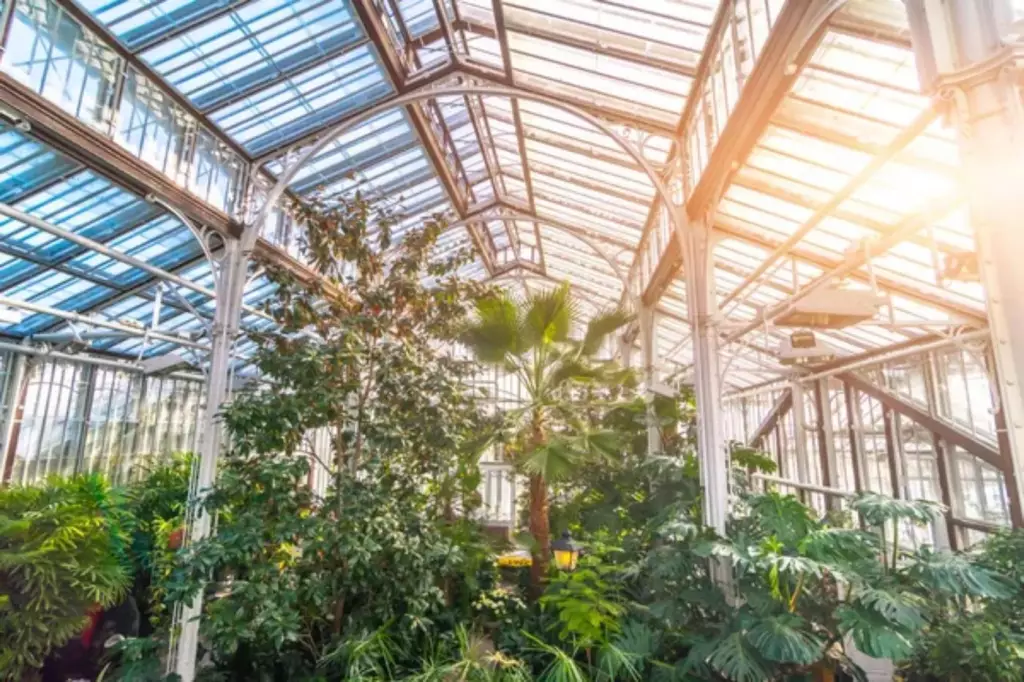
Additionally, the tree's container should be spacious enough to accommodate growth; otherwise, it may hamper the tree's development.
For an olive tree to thrive indoors, it's important to mimic its natural conditions as closely as possible. Incorporate well-drained soil and consider adding some small rocks or perlite to the mix for better aeration and drainage.
Keep the root ball about 2-3 inches below the pot's edge. Remember to keep the soil level below the container's rim to accommodate watering and prevent spillage.
